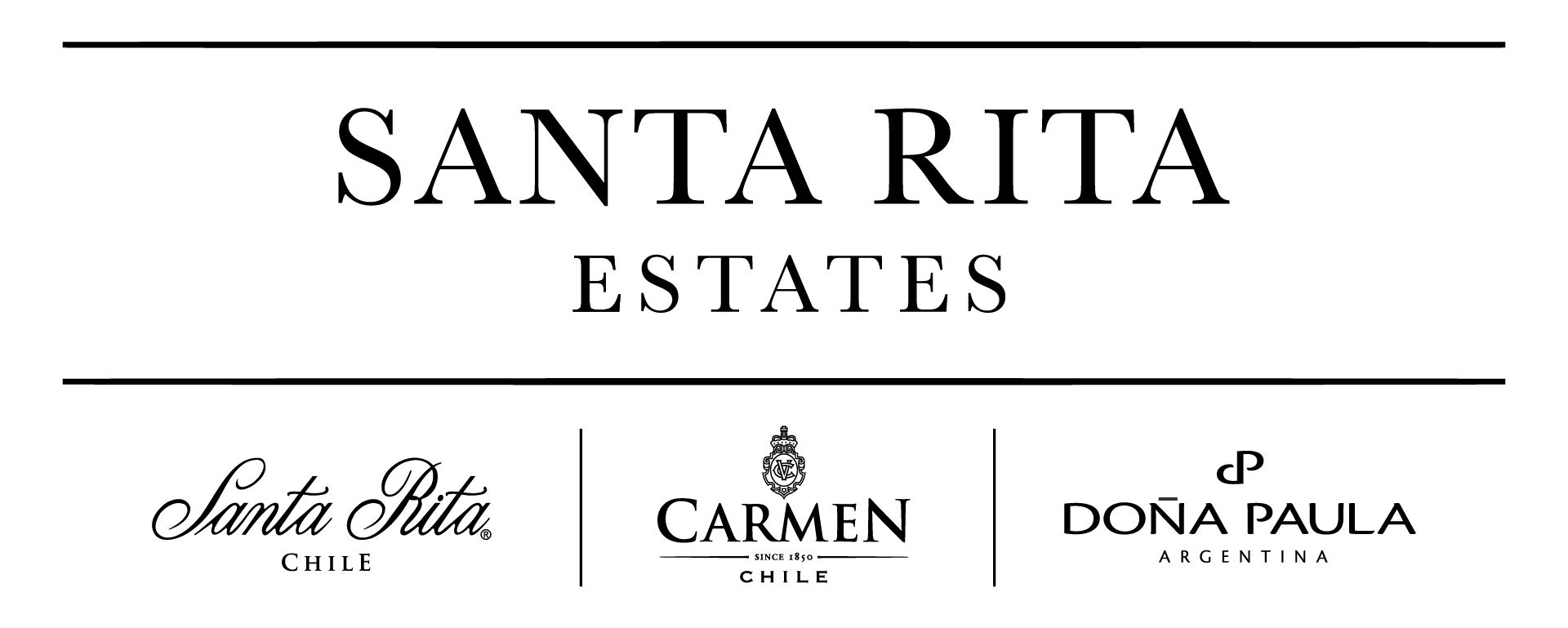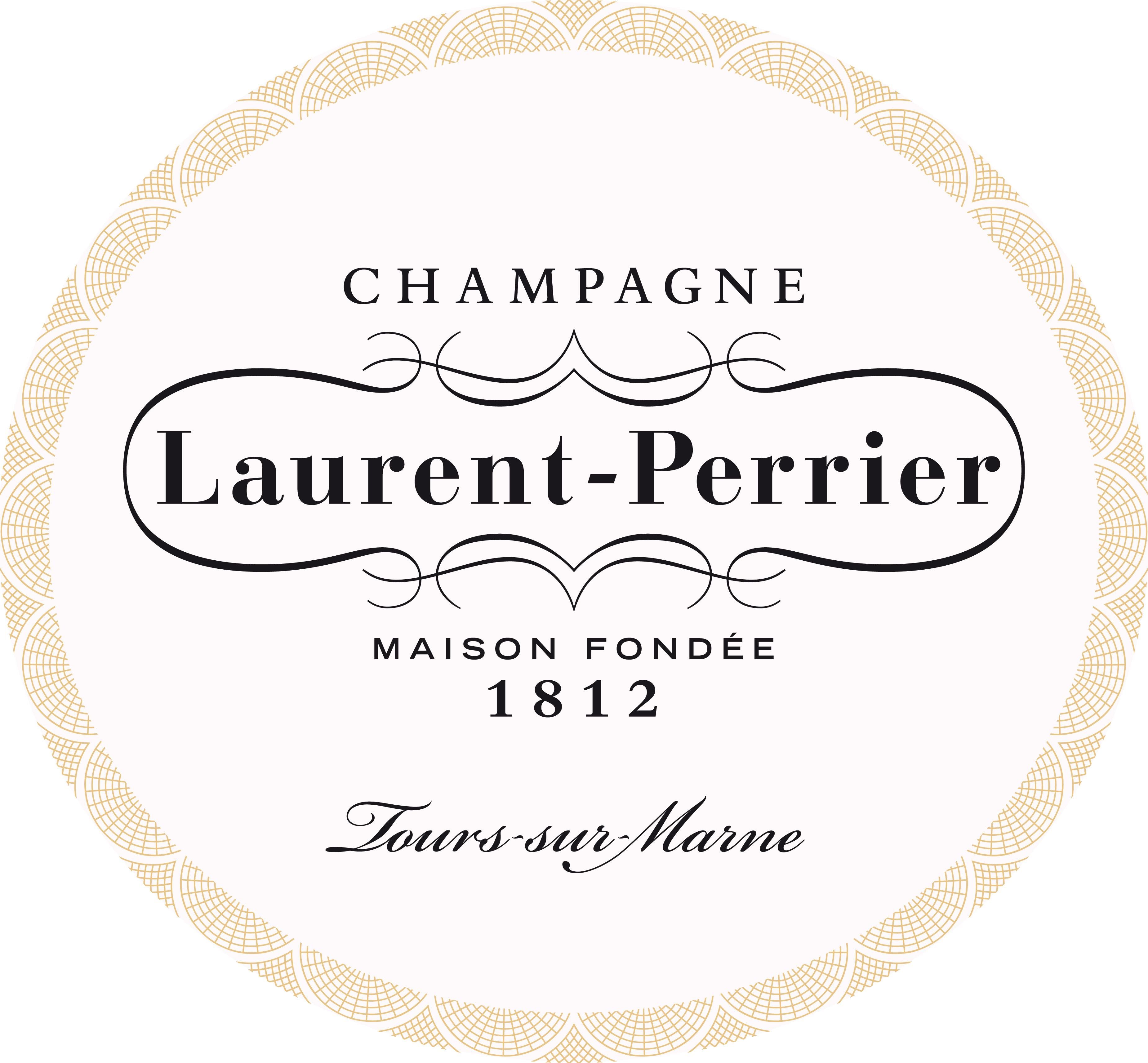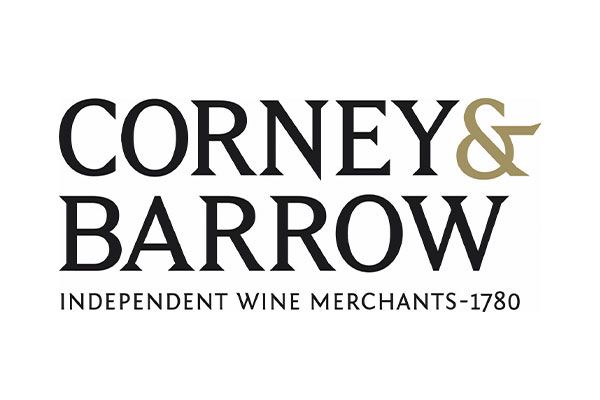Everyone will have their own take on what food to pair with what wine, but in his book – Wine & Recipes – Raul Diaz explains some of the fundamentals and science that mean a certain grape variety will match up to particular style of food.
When we eat food and drink wine together, the food has a notable effect on the way that we perceive the flavours in the wine. If we understand the general principles of this interaction, we can enhance our enjoyment of both the wine and food.
My desire to share grapes and wine styles paired with delicious recipes was my inspiration for these series. This is a short piece with information presented in a fun and straightforward manner, placing more emphasis on wine than on food. Although we all grow up eating food, we don’t all grow up learning about wine. Here is an opportunity to learn about different wines and how best to pair them successfully with food.
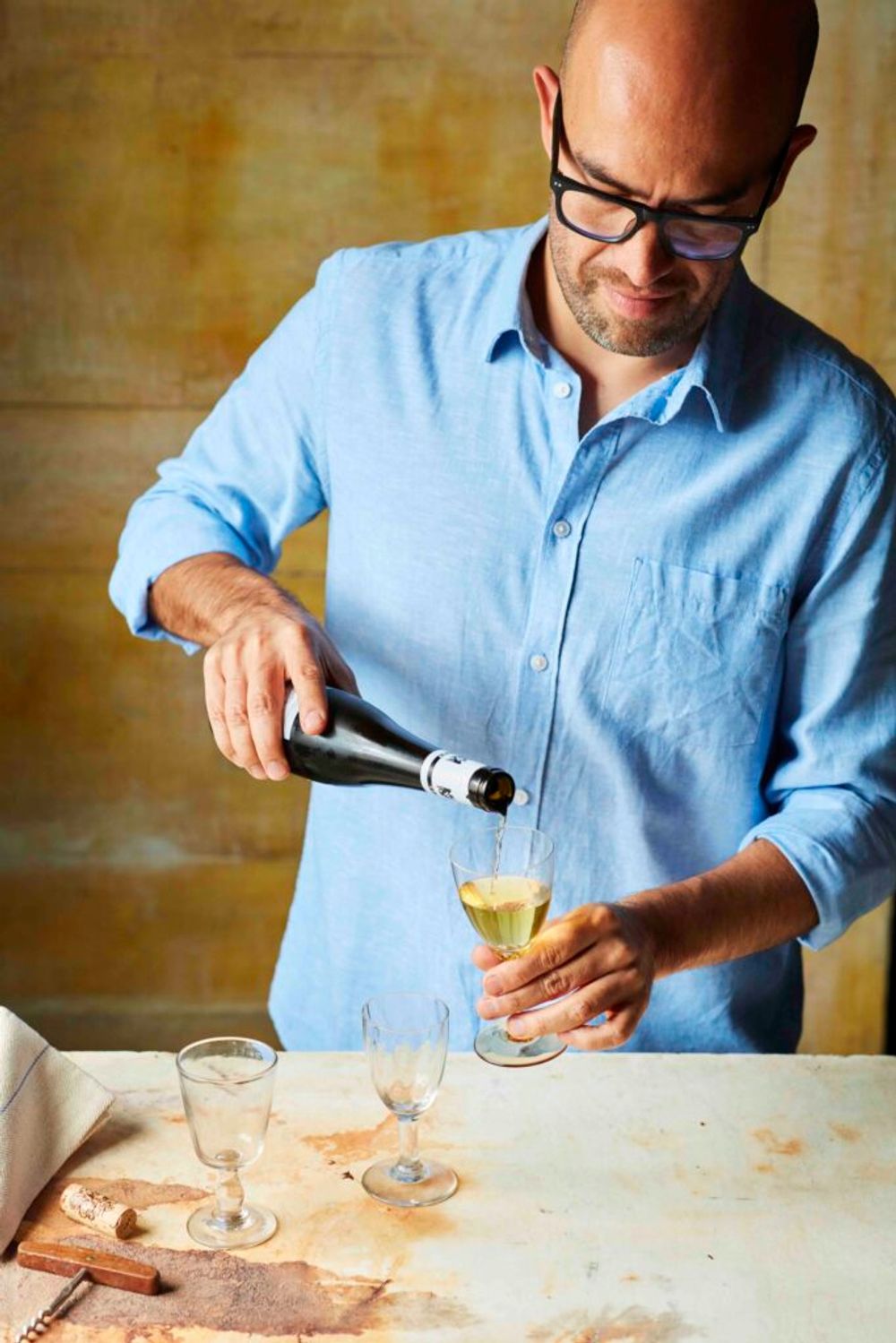
Raul Diaz believes he has a unique take on what wines should be paired with different food styles
I want to share with you some simple guidelines that will help you make some smart decisions about good pairings considering that everyone has different sensitivities and preferences. It’s best to understand these principles and then experiment and make decisions that suit you. My book Wines & Recipes is a practical guide to wine and food pairing.
One grape per recipe
I have organised it so that each grape (or in some cases wine style) is paired with a recipe – for today’s example, a Pinot Noir makes the perfect pairing with the Greek dish, Saganaki. The grape or wine profile faces the recipe, providing you with all the relevant wine information alongside the instructions for preparing the dish.
The role of wine and food matching has evolved in a spectacular way in the last 10-15 years. After the 2009 crisis, restaurants had to rethink completely about their offer. Michelin starred establishments suffered a lot around that period with lots of places closing their doors within months.
The street food revolution appeared as a matter of necessity rather than a choice. The ultimate effect of that crisis was that customers had more control of what they eat and drink. This also affects the role of wine and food pairing. Customers were free to expand their choices about wine and food. They were able to taste more food from different places and wines that could go well with them.
During the last year, with the massive impact of the pandemic, we were forced to stay at home. This situation opened a new unexpected window for wine and food pairing in our own kitchens. Many people started to pay more attention to pairing food with wine.
What food can do to wine
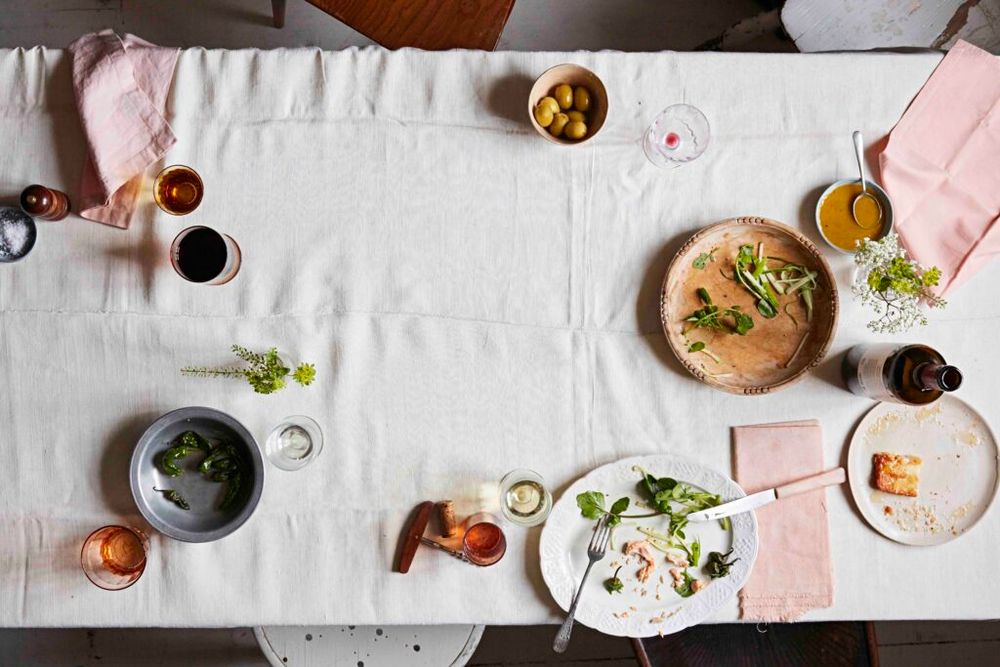
What wine are you going to put on your table with different dishes?
Here are my overall thoughts on how wine and food pairing should work and how you can benefit from it. Consider tasting wines without food, then pay attention to the changes that occur when you do eat something. It can be quite a revelation.
When we eat, our perception of things such as the saltiness or sweetness of a food are affected by what we have last tasted. Here’s a classic example – think about how unpleasant orange juice tastes right after brushing your teeth.
Dealing with salt and acidity
There are two characteristics in most of the dishes we eat that are very wine friendly: salt and acidity. When a food contains salt, we perceive the wine to be less bitter and acidic, more fruity and softer. The same is true for foods that are acidic. Additionally, many people find that pairing fatty, oily or fried food with wines with high acidity is very satisfying.
The acidity in the wine gives the feeling of cleansing the palate by cutting through the oil. One of the most problematic food characteristics is sweetness. This will make a wine seem more bitter and acidic and will subdue the fruits. A good rule of thumb when pairing wine with something sweet is that the wine should be sweeter than the food, since the perceived level of sugar in the wine will be reduced by the sugar in the food.
Umami will have the same effect on wine as sweetness does. Umami is difficult to isolate because foods that are solely umami are rarely served on their own. Umami taste, which is a neutral and intense savouriness, is found in things such as walnuts, mushrooms and cured meats. The good news with umami is that adding salt helps to counteract the negative effects.
Matching intensity
There are two other food characteristics to consider. A food that is highly flavoured generally works best with wine with equal flavour intensity. If the wine is too delicate, it will be overwhelmed by the taste of the food. Likewise, a delicate dish can be overpowered by an intensely flavoured wine. You should also be aware of chilli heat and its interaction with wine. The intensity of the heat or burning sensation felt when eating chillies can vary greatly depending upon the individual. Some people actually enjoy this sensation while others do not.
Alcohol in wine increases this sensation – the higher the alcohol in the wine drank alongside, the more intense the sensation of heat in the food. Knowing this, you can decide for yourself how you want your wine to interact with the heat from chillies in a dish.
What to pair with Pinot Noir
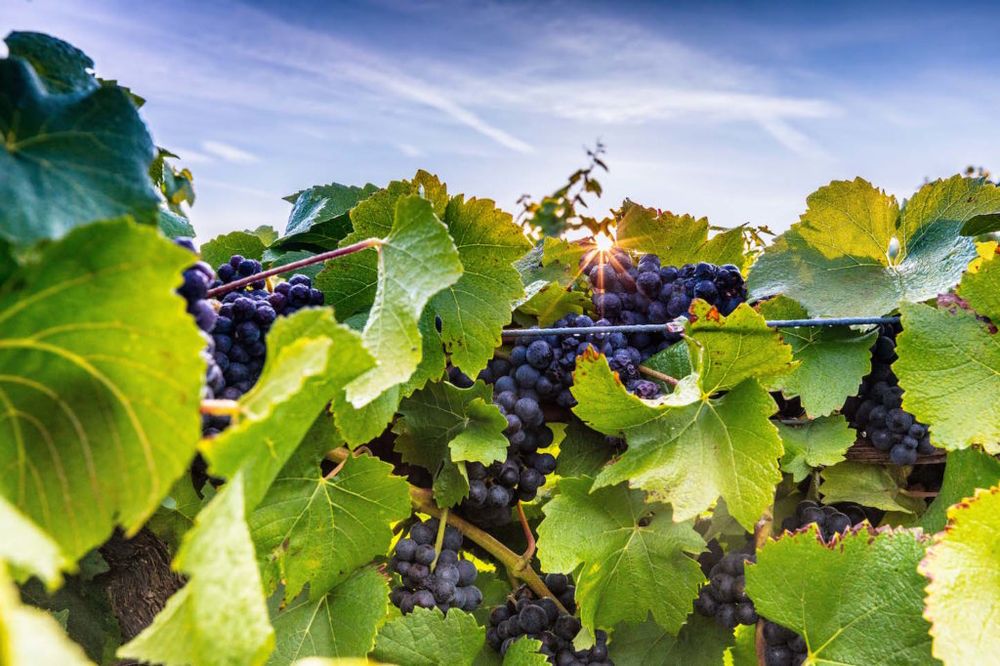
One of the world’s hardest but most rewarding grapes to grow: Pinot Noir
Pinot Noir, one of the most ancient grape varieties in the world, is thought to have already existed in Burgundy prior to the arrival of the Romans. It is the grape that produces some of the most celebrated, and costly, wines in the world – red Burgundy.
More than 15 grape varieties lay claim to Pinot Noir as one of its parents. This is a rather delicate grape, but in the right place it is one of the most expressive grapes that exists. In cool to moderate climate regions like Central Otago and Oregon, Pinot Noir thrives, producing wines with high acidity, red fruit flavours and typical savoury notes of earth, mushroom, game and leather.
Pinot Noir styles
Successful Pinot Noir is always fresh in style, but they can range from simple and easy to drink to the better, more complex, wines with loads of aromas and structure. Rosé wines are also made with this thin-skinned grape. Some sparkling wines, for example Champagne, are made using Pinot Noir.
Flavours
Cherry, strawberry, raspberry, cranberry, game, mushroom, leather, toast.
The Recipe: Saganaki
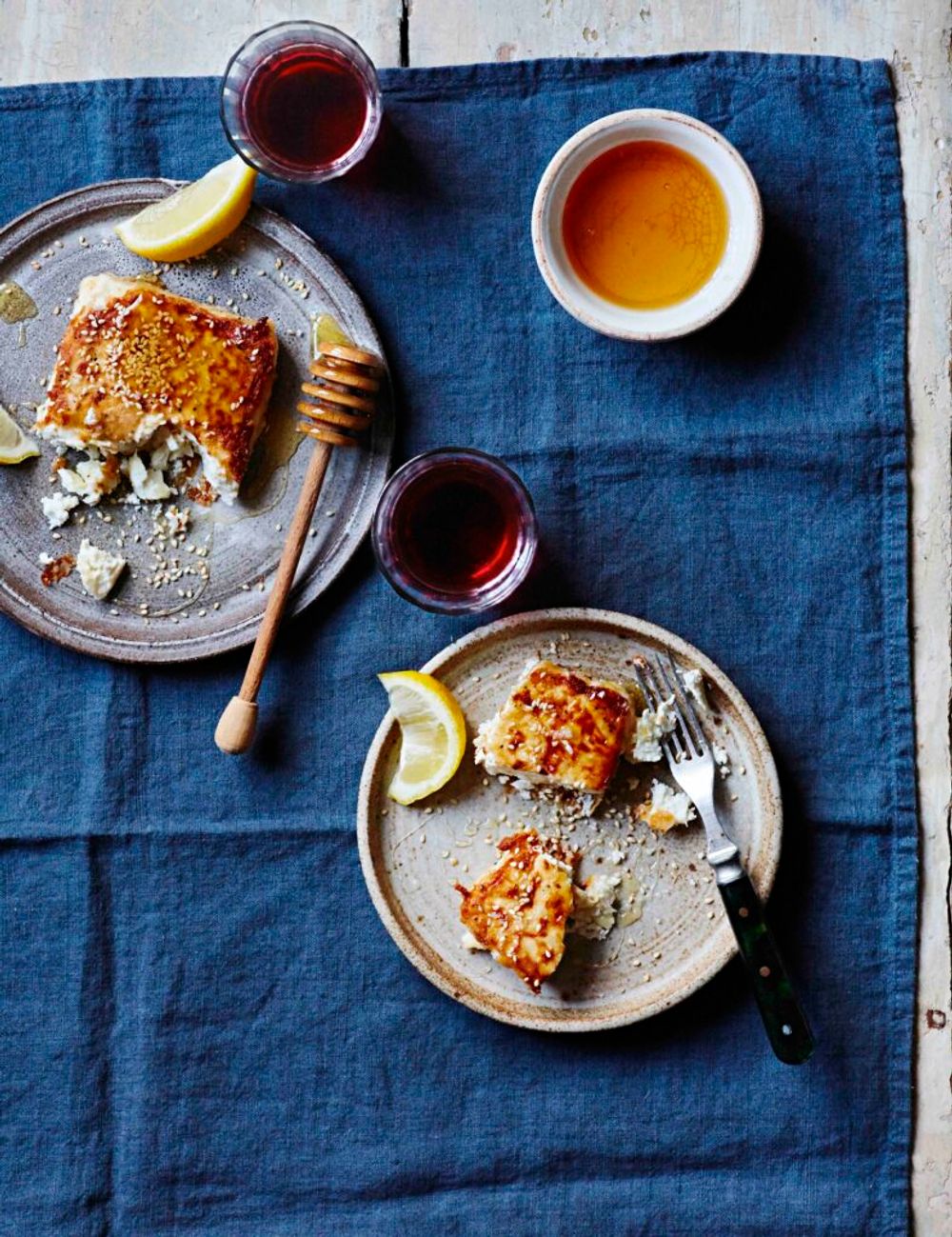
Saganaki is a Greek fried cheese dish that Raul Diaz thinks would work so well with Pinot Noir
Saganaki is a Greek recipe and the word simply means ‘fried cheese’. This recipe is extremely popular in the Greek tavernas. I am a huge fan of feta – I particularly love the texture, saltiness and strong flavour. Just imagine it fried and you have saganaki. The high acidity and red fruits of Pinot Noir are a perfect foil to the crispy crust and tangy cheese of the saganaki.
Method
1 Heat the oil in a non-stick frying pan over a medium heat.
2 Meanwhile, beat the egg in a large glass bowl. Dip the entire piece of cheese in the egg, then very carefully coat it lightly with flour, making sure you don’t break the piece of cheese.
3 Put the cheese in the hot pan and cook for 2 minutes on each side until it is golden-brown. Carefully remove it from the pan and place on some kitchen towel to absorb the oil.
4 Put the cheese on a serving plate and scatter over the toasted sesame seeds. Drizzle over some honey and garnish with lemon wedges for squeezing over.
Serves two and take less than 10 minutes to make.
Ingredients
2 tbsp sunflower oil
1 egg
200g piece of feta, halloumi
or manouri cheese
plain flour, to coat
1 tbsp toasted sesame seeds
a drizzle of honey
1 lemon, cut into wedges
Wines to pair
Good value option
The Wine Society
Maycas del Limarí Pinot Noir Reserva Especial, Limarí Valley, Chile
Premium option
Restaurant – Core by Clare Smith (3 Michelin Stars)
Pinot Noir Dierberg Block Five, Tyler Santa Maria Valley, US.
- Raul Diaz is author of Wines & Recipes, published in November 2020, shortlisted as a finalist for Wine Education in the Gourmand World Cookbook Awards 2020 (to be announced in June). A Chilean-born sommelier who became a WSET-certified wine educator, he now runs his own business, Wine Training School. He has been a TV wine presenter for Sunday Brunch, Channel 4 for several years. He is UK Ambassador for VDP German wines, and in 2018 received the award for Rioja Communicator of the Year.











